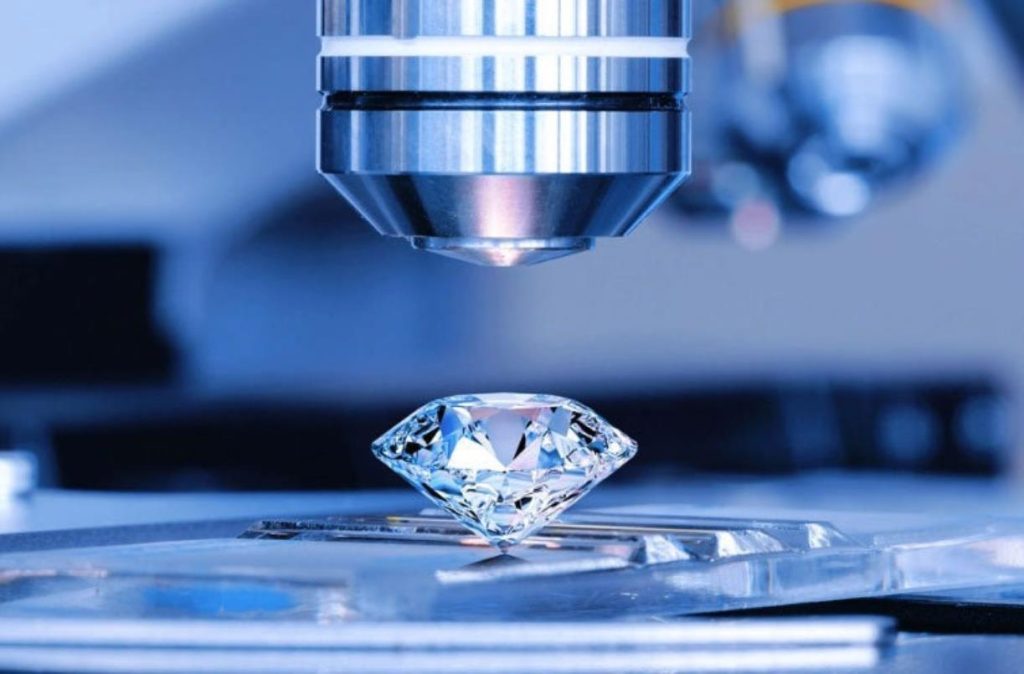The book Diamond Chemical Vapor Deposition by Michael R. Thomas is a comprehensive guide to the technology of diamond chemical vapor deposition (CVD). The book covers everything from the basic principles of CVD to the different methods and applications of CVD diamond growth. It also discusses the different properties of CVD diamonds and their applications in a variety of industries.
The book is written in a clear and concise style, and it is packed with information. It is an essential resource for anyone who is interested in CVD diamond growth.
The book Diamond Chemical Vapor Deposition is especially valuable for people who are interested in lab-grown diamonds. The book discusses the use of CVD to grow lab-grown diamonds, and it provides detailed information on the different methods and parameters that can be used to control the growth of lab-grown diamonds.
Here are some of the things you will learn in Diamond Chemical Vapor Deposition:
The principles of CVD
The different methods of CVD diamond growth
The properties of CVD diamonds
The applications of CVD diamonds
The use of CVD to grow lab-grown diamonds
The book also includes a number of figures and tables that illustrate the different aspects of CVD diamond growth.
If you are interested in learning more about CVD diamond growth, then Diamond Chemical Vapor Deposition is the perfect book for you. The book is packed with information and will help you make an informed decision about your CVD diamond growth project.
Here is a more detailed discussion of the relevance of the book to lab grown diamonds:
Lab-grown diamonds are grown in a laboratory using the CVD process.
CVD is a versatile process that can be used to grow diamonds of different sizes, shapes, and qualities.
CVD diamonds are chemically and physically identical to natural diamonds.
Lab-grown diamonds are a more sustainable alternative to natural diamonds.
The book Diamond Chemical Vapor Deposition provides a comprehensive overview of the CVD process and its applications in the growth of lab-grown diamonds. It is an essential resource for anyone who is considering growing lab-grown diamonds.
Here are some of the pros and cons of lab-grown diamonds:
Pros:
Ethical and sustainable
Just as beautiful and durable as natural diamonds
Often more affordable than natural diamonds
Cons:
Some people believe that lab-grown diamonds are not as valuable as natural diamonds.
There is a lack of regulation in the lab-grown diamond industry, so it can be difficult to know where your diamonds come from.
Ultimately, the decision of whether to buy a lab-grown diamond is a personal one. There are many factors to consider, such as your budget, your personal preferences, and your ethical concerns. If you are looking for an ethical and sustainable choice for your diamond jewelry, then a lab-grown diamond is a great option.

